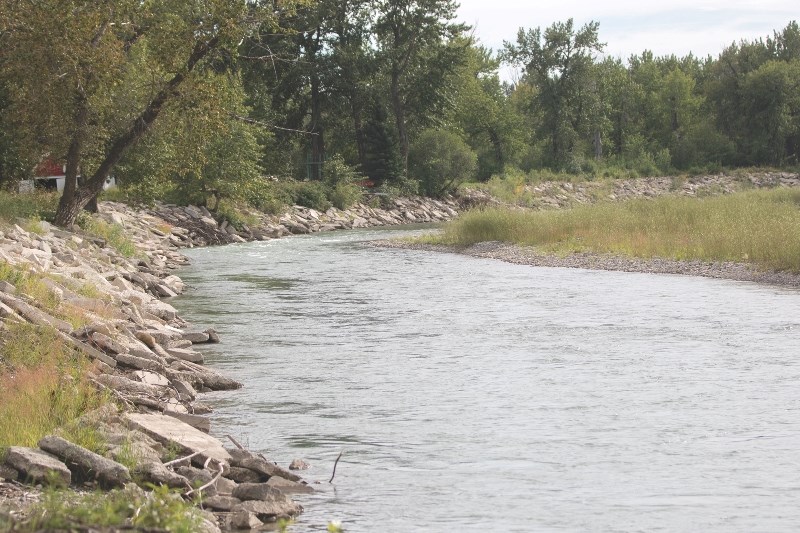Provincial funding has been approved for riparian work on the Highwood River west of High River.
The Alberta government announced this summer it would provide $988,642 for 12 projects through its Watershed Resiliency and Restoration Program. The Foothills Land Trust received $82,778 and the MD of Foothills was granted an additional $100,000 to help restore riparian areas on the Highwood damaged in the 2013 flood.
Work will go ahead on 24 properties bought out by the Province’s Disaster Recovery Program (DRP) on the west side of High River. It will return the land as close to its natural state as possible.
MD Coun. Rick Percifield said the project follows the Province’s Make Room for the River program.
“If it does flood that will actually be a storage area for water again instead of causing all kinds of debris flowing down the river,” said Percifield.
Kirk Davis, chair of the Foothills Land Trust, said the grant money will be used to convert the land into a conservation easement.
“The Alberta government has agreed to transfer the title to the MD,” said Davis. “The MD has agreed to place the conservation easements on the titles of those properties.”
The Foothills Land Trust will monitor and maintain the properties.
Returning the land to its natural state will also help with watershed in the area, he said.
“It will protect the water in the river by keeping debris out of the run-off,” said Davis.
He said the land trust also hopes to turn the program into a citizen science project, involving interested Foothills residents in helping to monitor the properties through a stewardship society.
They will help remove non-indigenous, invasive species from the area and research the best native plants to put back onto the properties to return the land back to an optimum state.
“You can’t just put it back to a natural state, but you can help nature get back to its natural state,” said Davis.
The Province will remove infrastructure such as driveways, buildings, machinery and other objects on the properties, he said. The stewardship society will then decide which trees or plants should be added to the land and which ones should be removed, such as grasses from lawns and yards.
“Naturally it will increase vegetation and this naturally slows down the river as it comes through and flows over,” said Davis.
He said it will take some time for the properties to be transferred from the Province to the MD of Foothills, and then the Foothills Land Trust will work with the MD on an agreement for the conservation easement.
“It could take months, it could take a year,” said Davis. “But eventually we will be able to implement this very easy method to help protect flooding and create a conservation corridor.”




